
The Mauritian cowrie, also known as Mauritia mauritiana, is an intriguing marine creature that captivates many with its unique appearance and ecological roles.
This sea snail is recognized for its smooth, glossy shell and distinctive shape, which makes it not only a fascinating subject for marine enthusiasts but also valuable in cultural and economic contexts. Found in the warm waters of the Indian Ocean, this species has adapted well to its environment, contributing significantly to the marine ecosystem.
This cowrie's striking shell has brought it into the spotlight for both collectors and artisans. People often use the shells for crafting jewelry and decorative items, highlighting its cultural relevance. As a result, the Mauritian cowrie plays an important part in local economies and traditions, making it more than just a sea creature; it is a symbol of craftsmanship and heritage.
Understanding the distribution, habitat, and significance of the Mauritian cowrie helps appreciate this remarkable marine mollusk. Readers will find that delving into its attributes reveals much about its role in both nature and human culture.
Key Takeaways
- The Mauritian cowrie is recognized for its smooth, glossy shell and unique shape.
- It holds cultural and economic value through crafting and local traditions.
- Understanding its habitat enhances appreciation of this marine species.
Identification Guide
Identifying the Mauritian Cowrie (Mauritia mauritiana) involves observing its distinctive features and comparing it to similar species. This guide will help readers understand how to spot this unique sea snail and its main characteristics.
How to Identify a Mauritian Cowrie
The Mauritian Cowrie has a smooth and shiny shell that is typically egg-shaped. Its shell has a long, narrow slit-like opening on the underside, which is often toothed at the edges.
Key Features:
- Size: It can grow to a length of up to 5.1 inches (13 cm).
- Color: The shell can vary in color, often ranging from brown to yellow with darker spots.
- Texture: The surface is quite glossy, making it appear more attractive.
To accurately identify this species, it is important to observe its habitat, as it often resides in intertidal zones or areas with strong wave action.
Characteristics
The Mauritian Cowrie exhibits several distinct characteristics that set it apart from other cowrie species.
Save 50%
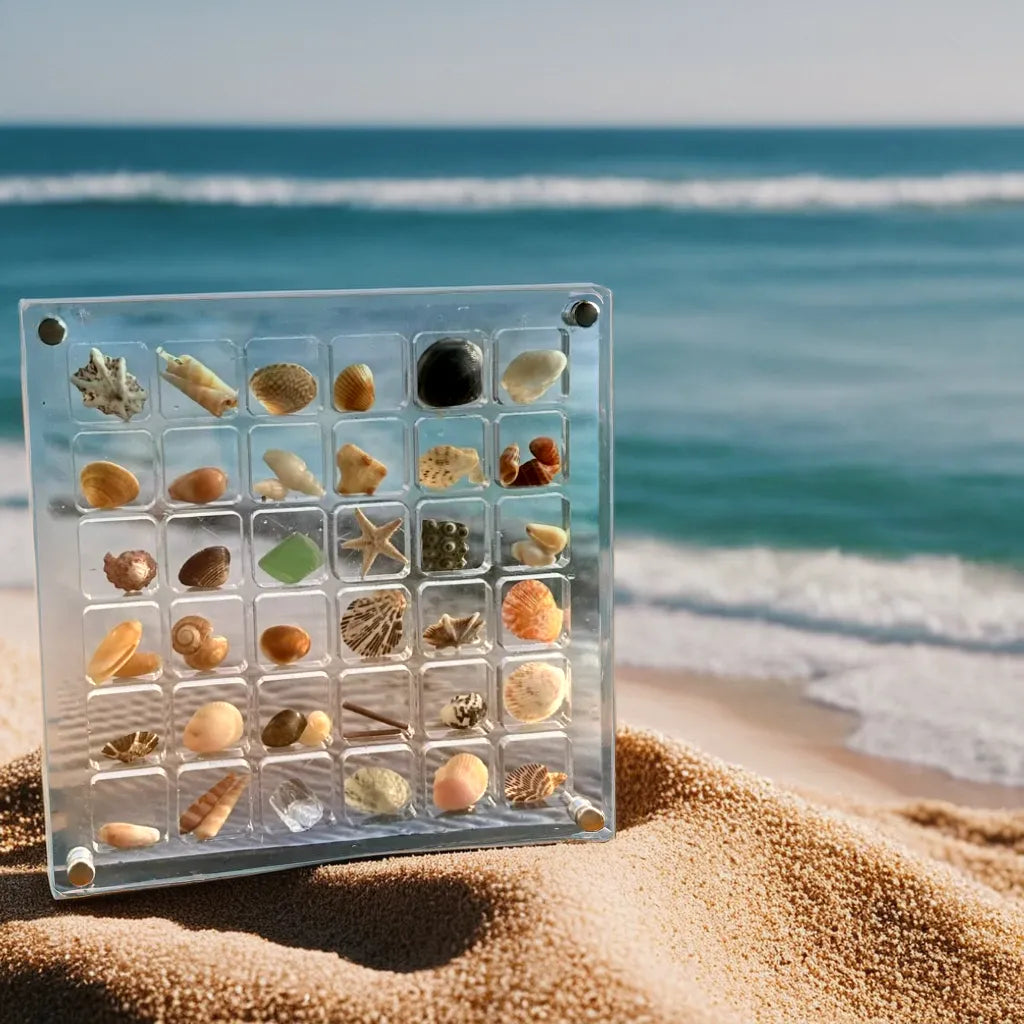
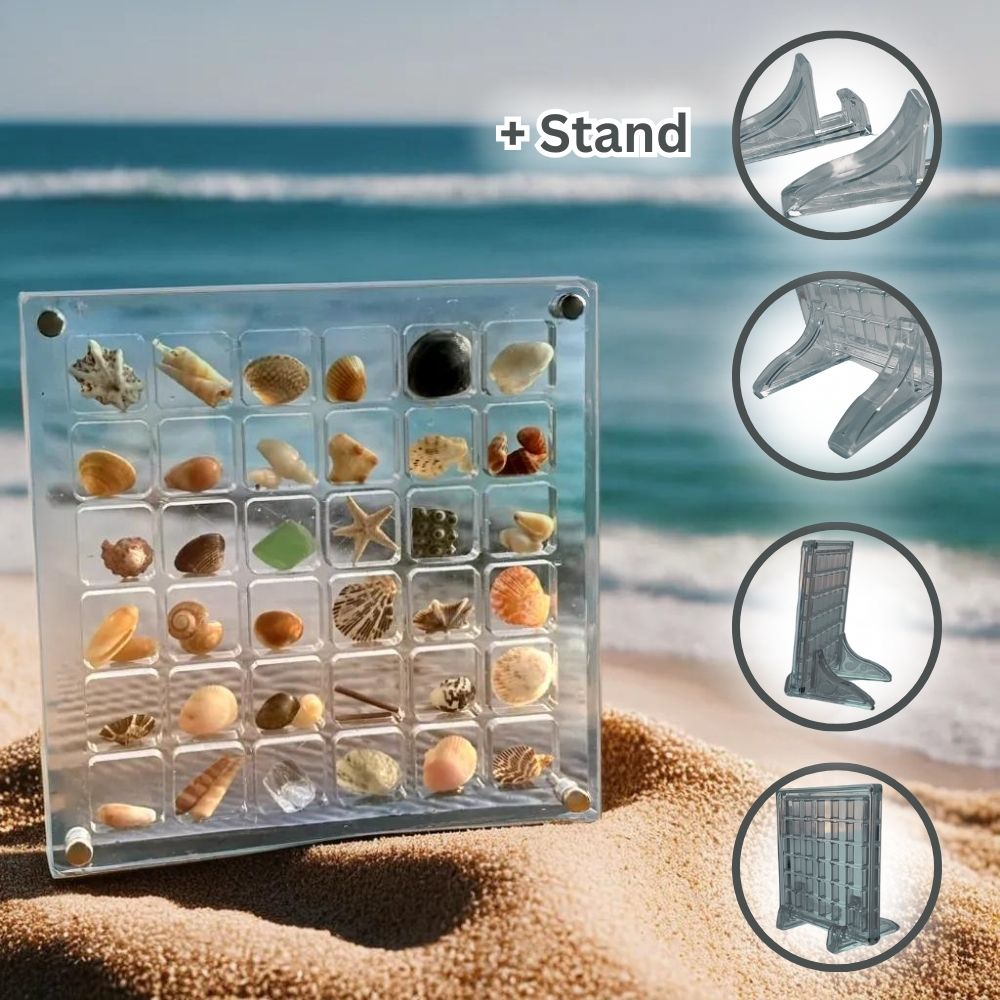
-
Shell Shape: The egg-shaped shell is smooth with a slightly elevated hump.
-
Opening: The aperture runs along the length of the shell and is lined with small teeth.
-
Color Pattern: The pattern on the shell can include stripes or spots that vary among individuals.
These characteristics make it easier to spot in the wild. Observers should take note of these details to correctly identify the Mauritian Cowrie.
Comparison To Similar Species
When comparing the Mauritian Cowrie with other cowrie species, several differences stand out.
Similar Species:
-
Pseudodiplodonta (Hawaiian Cowries): This species is usually smaller and has a less pronounced hump.
-
Other Cowries: Many other cowries have more intricate patterns and colorations that can make them easier to distinguish.
By focusing on the shell shape, size, and texture, it becomes simpler to differentiate the Mauritian Cowrie from its relatives. Ensuring accurate identification is crucial for marine enthusiasts and researchers alike.
Distribution & Habitat
The Mauritian cowrie (Mauritia mauritiana) is found in specific marine environments. Its distribution is linked to warm tropical waters, making its habitat crucial for understanding where it thrives.
Where to Find Mauritian Cowrie
Mauritian cowries are commonly located in
shallow coastal waters. They typically prefer sandy or rocky substrates, which provide shelter and food sources.
These snails often inhabit areas where water temperatures are warm, usually between
24°C and 30°C. They are prevalent around the
island of Mauritius and other parts of the Indian Ocean.
While they are not currently at risk, their collection is controlled under local laws. This ensures their continued presence in the ecosystem. The cowries may also be found in tide pools, where they seek protection from predators.
Cultural & Economic Importance
The Mauritian Cowrie, known scientifically as
Mauritia mauritiana, has significant cultural and economic roles in Mauritius. This unique sea snail is intertwined with the identity of the island's inhabitants and plays a part in local traditions and economies.
The Mauritian Cowrie in Culture
Save 20%
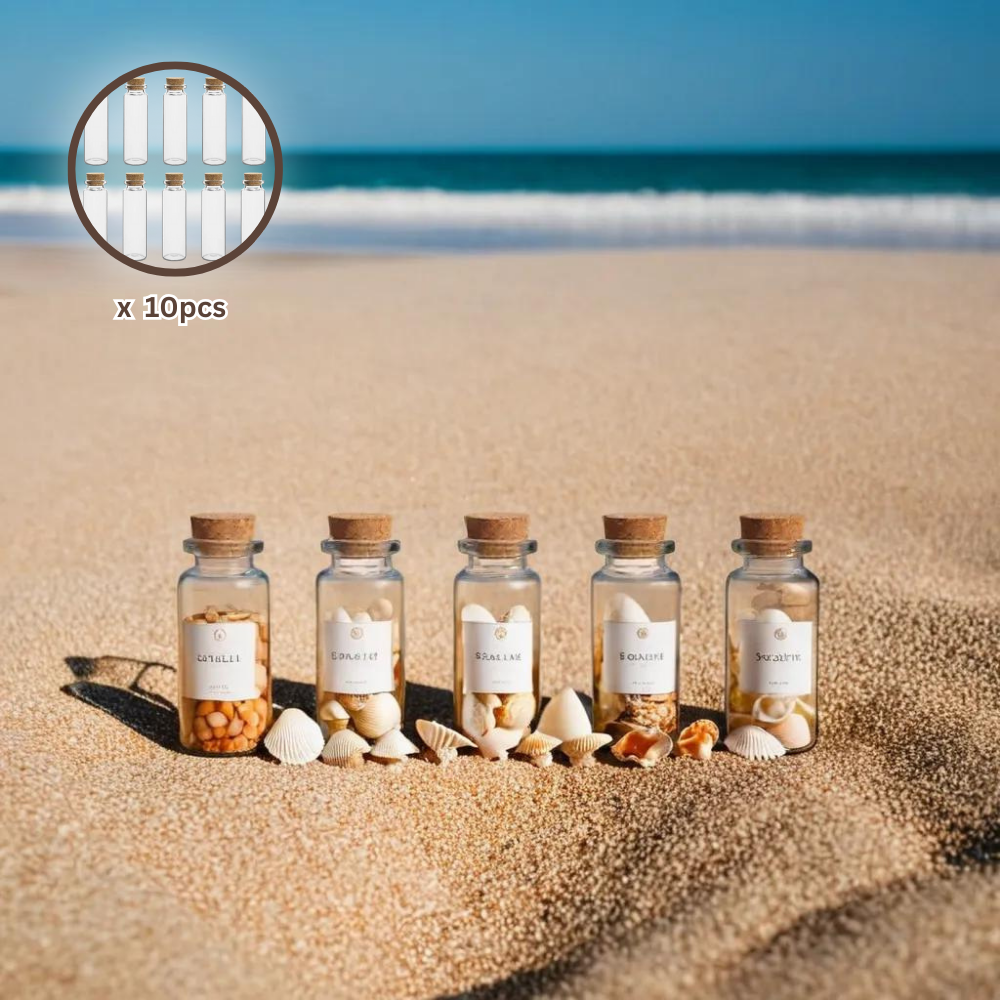
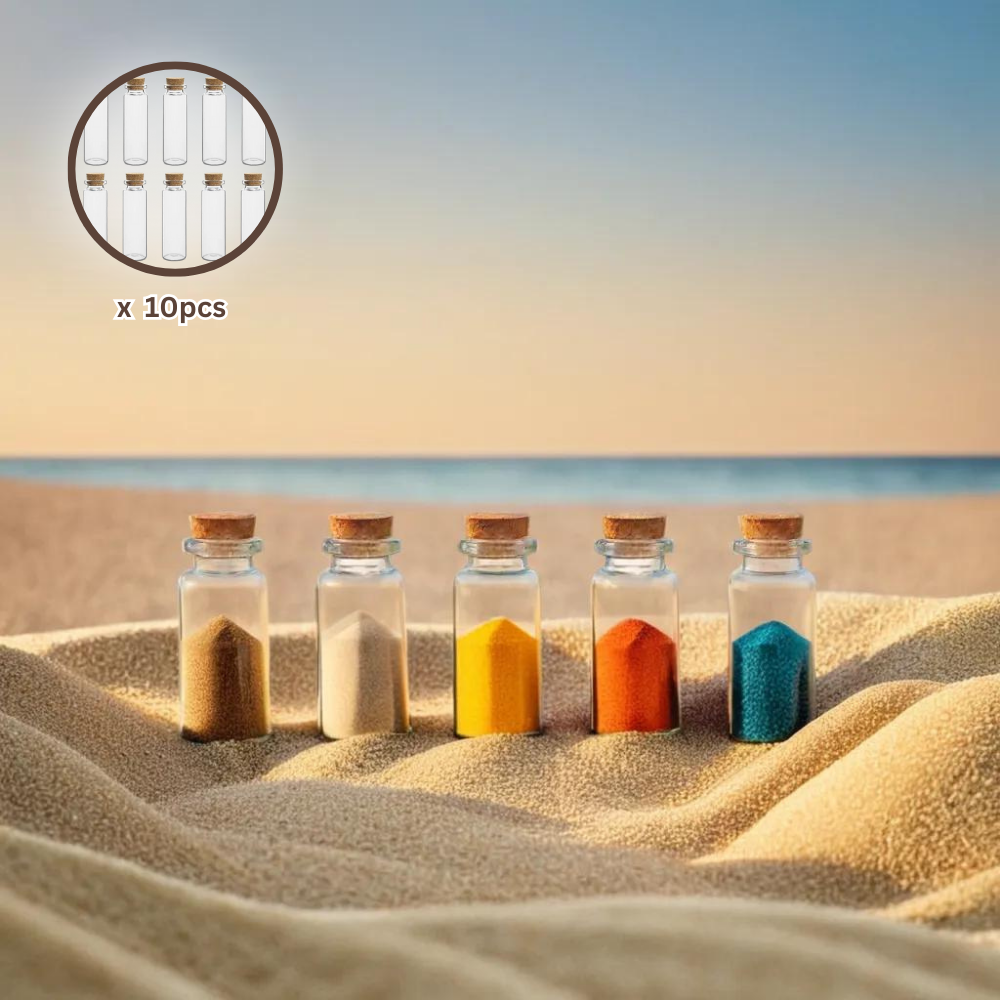
The Mauritian Cowrie serves as a symbol in local culture. It is often associated with various traditions and rituals. Historically, these cowries were used in decorative arts and jewelry.
In many communities, the shells represent beauty and are featured in traditional crafts. Artisans create decorative items like necklaces and wall hangings. The shell's unique shape and glossy surface make it a popular choice.
Additionally, the cowrie is part of local folklore. Stories and myths often revolve around its symbolism, adding to its cultural significance.
Legal Status
Currently, the Mauritian Cowrie is not listed on the IUCN Red List of Threatened Species. It is recognized for its abundance in the waters around Mauritius.
Despite this, collecting these shells is legally restricted. The government of Mauritius has enacted laws to protect marine life. These regulations prohibit the collection of shells from the wild.
This legal status is important for conserving marine ecosystems. It ensures that future generations can appreciate the beauty of the Mauritian Cowrie without the threat of depletion.
Mauritian Cowrie Crafting
The Mauritian cowrie, or Mauritia mauritiana, is not only known for its beauty but also plays a significant role in traditional crafts in Mauritius.
Craftsmen use cowrie shells to create beautiful jewelry, including necklaces and earrings. The shells are valued for their unique shapes and glossy finishes.
Common crafting uses include:
-
Jewelry Making: Necklaces, bracelets, and earrings.
-
Decorative Items: Shells can decorate boxes and other crafts.
-
Traditional Art: Crafts that showcase Mauritian heritage.
The process involves carefully cleaning and polishing the shells. Artisans then attach them to various materials like thread and metal.
Save 42%
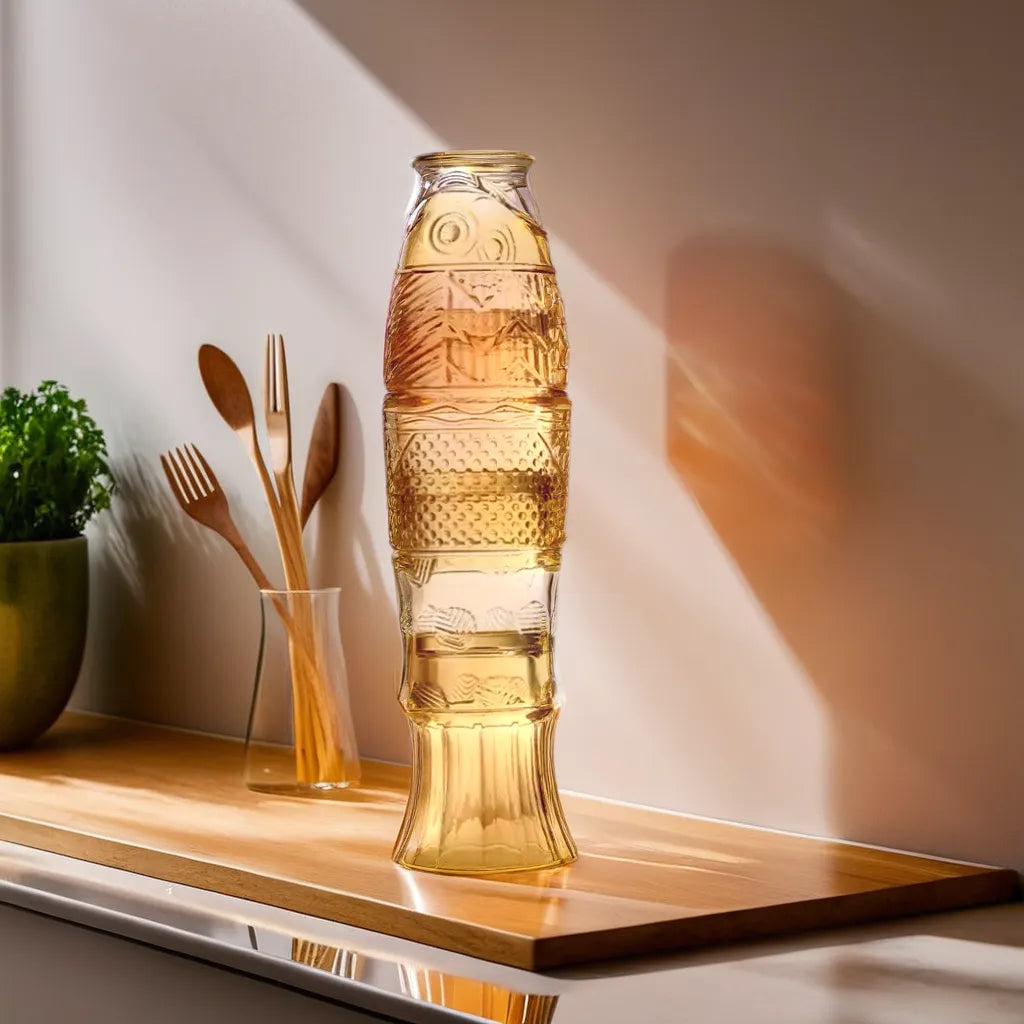
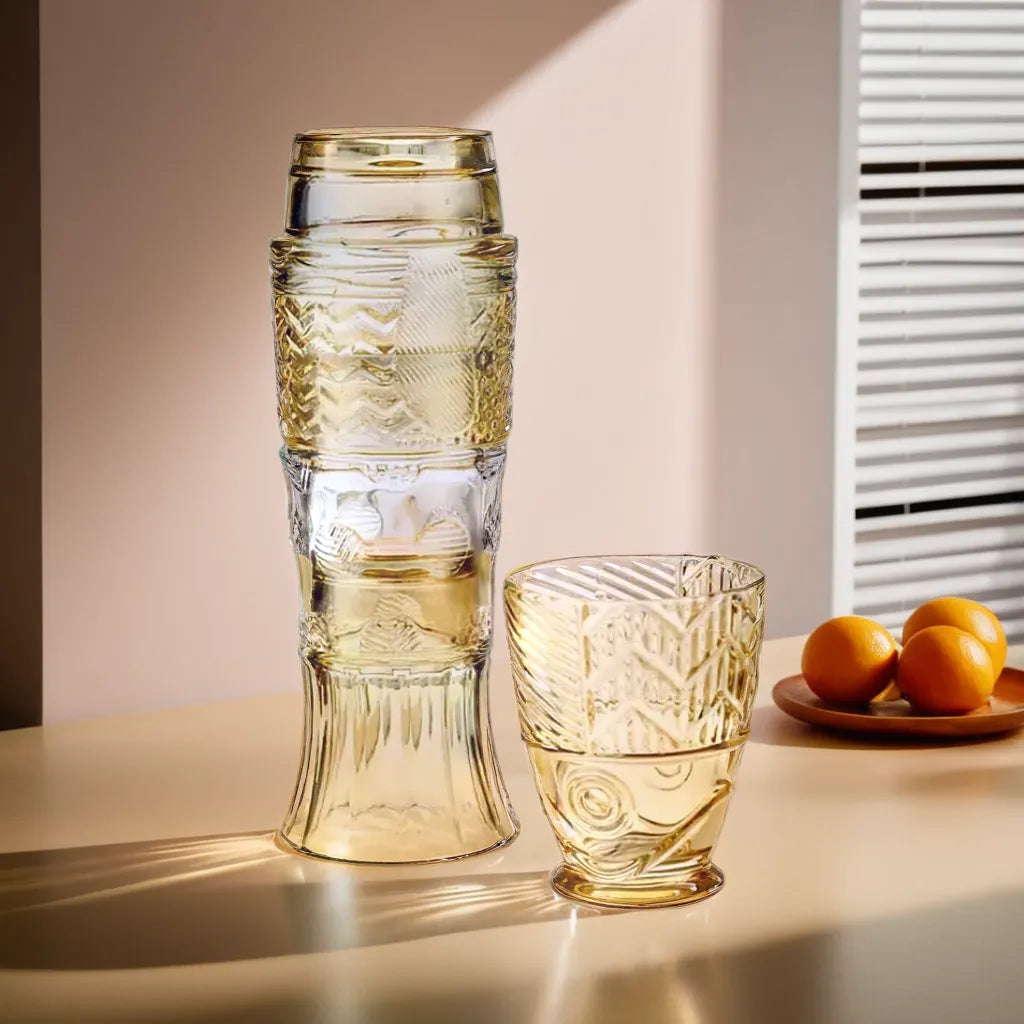
Cowrie shells often symbolize wealth and protection in many cultures. As such, they hold spiritual significance, making them sought after in both crafting and traditional practices.
Today, artisans continue to honor these traditions, ensuring that the crafting of Mauritian cowries remains a vibrant part of the island's culture. The delicate work reflects not only skill but also the deep connection residents have with their environment.
Frequently Asked Questions
The Mauritian Cowrie, also known as Mauritia mauritiana, has unique habitats, features, and uses. Many people have questions about its environment, characteristics, and other important aspects.
What habitats are Mauritian Cowries commonly found in?
Mauritian Cowries are typically found in tropical marine environments. They inhabit rocky areas, often on basalt cliffs and seawalls. These locations are usually exposed to strong surf, providing the ideal conditions for these snails.
Can you describe the process of how Mauritian Cowries are formed?
Mauritian Cowries develop through a life cycle that begins with eggs laid in water. The eggs hatch into larvae, which float and feed in the ocean. Eventually, they settle on suitable surfaces, where they grow into adult cowries, forming their distinctive shells.
What are the key features for identifying Mauritian Cowrie shells?
Mauritian Cowrie shells are egg-shaped and smooth with a shiny surface. They have a flat underside and a long, narrow opening that often has toothed edges. Their size can range from about 35 to 130 mm.
Is the Mauritian Cowrie considered endangered or threatened?
The Mauritian Cowrie is not currently assessed by the IUCN Red List of Threatened Species. This means there is no official classification regarding its conservation status, indicating that these snails may not be under immediate threat.
What uses do Mauritian Cowries have in crafts or jewelry?
Mauritian Cowries are often used in jewelry and decorative arts. Their attractive shells make them popular in crafts, and they are sometimes strung together to create necklaces or bracelets. Their unique appearance adds value to various handmade items.
Are there any toxins or hazards associated with handling Mauritian Cowries?
Mauritian Cowries are not known to be toxic. However, as with many marine animals, caution is advised when handling any sea creatures. Individuals should always wash their hands after contact with shells or marine life to prevent potential irritations.
 The Mauritian cowrie, also known as Mauritia mauritiana, is an intriguing marine creature that captivates many with its unique appearance and ecological roles. This sea snail is recognized for its smooth, glossy shell and distinctive shape, which makes it not only a fascinating subject for marine enthusiasts but also valuable in cultural and economic contexts. Found in the warm waters of the Indian Ocean, this species has adapted well to its environment, contributing significantly to the marine ecosystem.
This cowrie's striking shell has brought it into the spotlight for both collectors and artisans. People often use the shells for crafting jewelry and decorative items, highlighting its cultural relevance. As a result, the Mauritian cowrie plays an important part in local economies and traditions, making it more than just a sea creature; it is a symbol of craftsmanship and heritage.
Understanding the distribution, habitat, and significance of the Mauritian cowrie helps appreciate this remarkable marine mollusk. Readers will find that delving into its attributes reveals much about its role in both nature and human culture.
The Mauritian cowrie, also known as Mauritia mauritiana, is an intriguing marine creature that captivates many with its unique appearance and ecological roles. This sea snail is recognized for its smooth, glossy shell and distinctive shape, which makes it not only a fascinating subject for marine enthusiasts but also valuable in cultural and economic contexts. Found in the warm waters of the Indian Ocean, this species has adapted well to its environment, contributing significantly to the marine ecosystem.
This cowrie's striking shell has brought it into the spotlight for both collectors and artisans. People often use the shells for crafting jewelry and decorative items, highlighting its cultural relevance. As a result, the Mauritian cowrie plays an important part in local economies and traditions, making it more than just a sea creature; it is a symbol of craftsmanship and heritage.
Understanding the distribution, habitat, and significance of the Mauritian cowrie helps appreciate this remarkable marine mollusk. Readers will find that delving into its attributes reveals much about its role in both nature and human culture.























